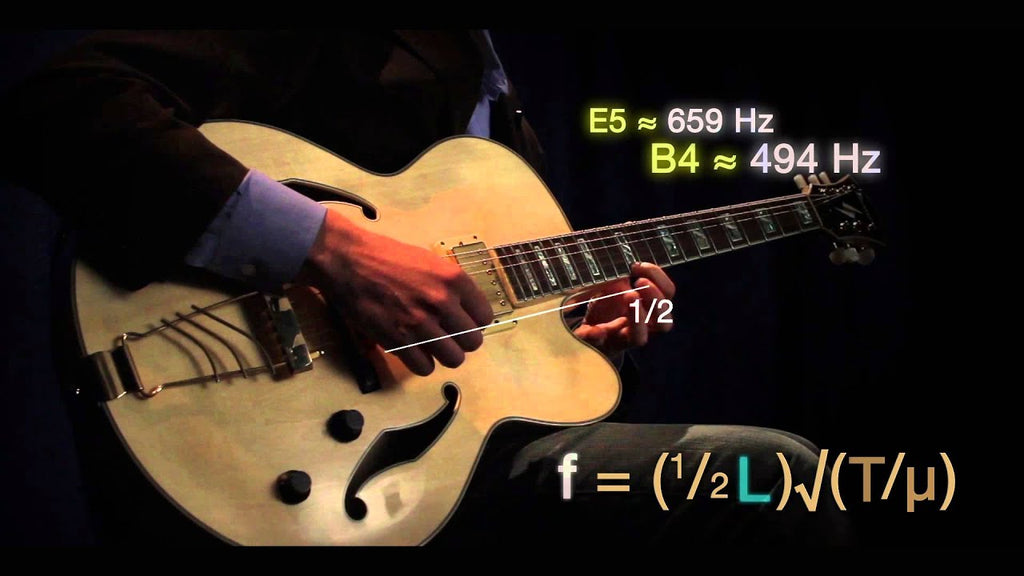Human creativity has produced wonders of communication and expression through the mediums of language and music.
Language, a system of symbols and rules, has long been our primary vehicle for the transmission of thoughts.
On the other hand, music, a complex framework of melody, rhythm, and harmony, functions as a universal language. Interestingly, these seemingly distinct entities possess an intrinsic mathematical symmetry, enabling them to represent thoughts in intriguingly similar ways.
The cognitive scientist Ray Jackendoff, along with his colleagues, has provided pivotal insights into this relationship.
We explore the mathematical similarity between language and music in the representation of thoughts, drawing heavily on their theories and findings.
The Mathematical Underpinnings of Language and Music
Both language and music are hierarchically structured systems.
Language is organized according to principles of phonetics, morphology, syntax, and semantics.
Correspondingly, music is constructed based on elements like pitch, duration, timbre, and loudness, combined into larger units like motifs, phrases, and sections.
On the mathematical front, language and music share a strong underpinning in combinatorics, a branch of mathematics that deals with combinations of objects belonging to a finite set.
For instance, in language, a finite set of phonemes is recombined into an almost infinite array of words, phrases, and sentences.
Similarly, music takes a limited number of pitches and durations and generates an astonishing variety of melodies, rhythms, and harmonies.
The Interplay of Syntax and Semantics in Language and Music
One of Jackendoff's significant contributions lies in his interpretation of linguistic and musical syntax and semantics.
In language, syntax refers to the rules by which words are combined into phrases and sentences, while semantics pertain to the meanings that these combinations carry.
Jackendoff and his colleagues argue that music also possesses a sort of syntax and semantics.
The syntax of music is defined by the rules governing the construction of melodies and harmonies.
Musical semantics, however, are not concerned with propositional meanings as they are in language, but rather with the emotional and psychological resonance that music elicits in the listener.
The shared syntactic structures between language and music underpin their common mathematical framework, and the subjective, emotional 'meanings' that can be interpreted from music parallel the propositional meanings derived from language.
Musical and Linguistic Thought Processes: A Parallelism
Ray Jackendoff, along with Fred Lerdahl, proposed the Generative Theory of Tonal Music (GTTM), extending the principles of Noam Chomsky's generative grammar into the realm of music.
They argued that listeners inherently generate a mental representation of the hierarchical structure of music, analogous to the way speakers internalize the structure of language.
This parallelism between music and language implies a shared cognitive processing mechanism.
It suggests that our minds break down both language and music into hierarchically organized units, facilitating understanding and interpretation.
These processes of decomposition and interpretation follow the same mathematical logic, which is grounded in our cognitive architecture.
Conclusion
The profound similarity between language and music in the representation of thoughts emanates from their shared mathematical structures and cognitive processing mechanisms.
Both are built upon a combinatorial system and incorporate a level of syntax that guides their construction.
Furthermore, the emotional resonance of music and the propositional content of language represent two sides of the same semantic coin.
The exploration of these similarities provides us with intriguing insights into human cognition and creativity, and the fertile ground where they intersect.
Ray Jackendoff and his colleagues' groundbreaking work has illuminated our understanding of the intertwined nature of language and music.
Their research offers us a compelling perspective on these complex human achievements, revealing the shared mathematical underpinnings and cognitive processes that drive them.
Thus, the harmony between language and music may indeed be a symphony of the mind.

